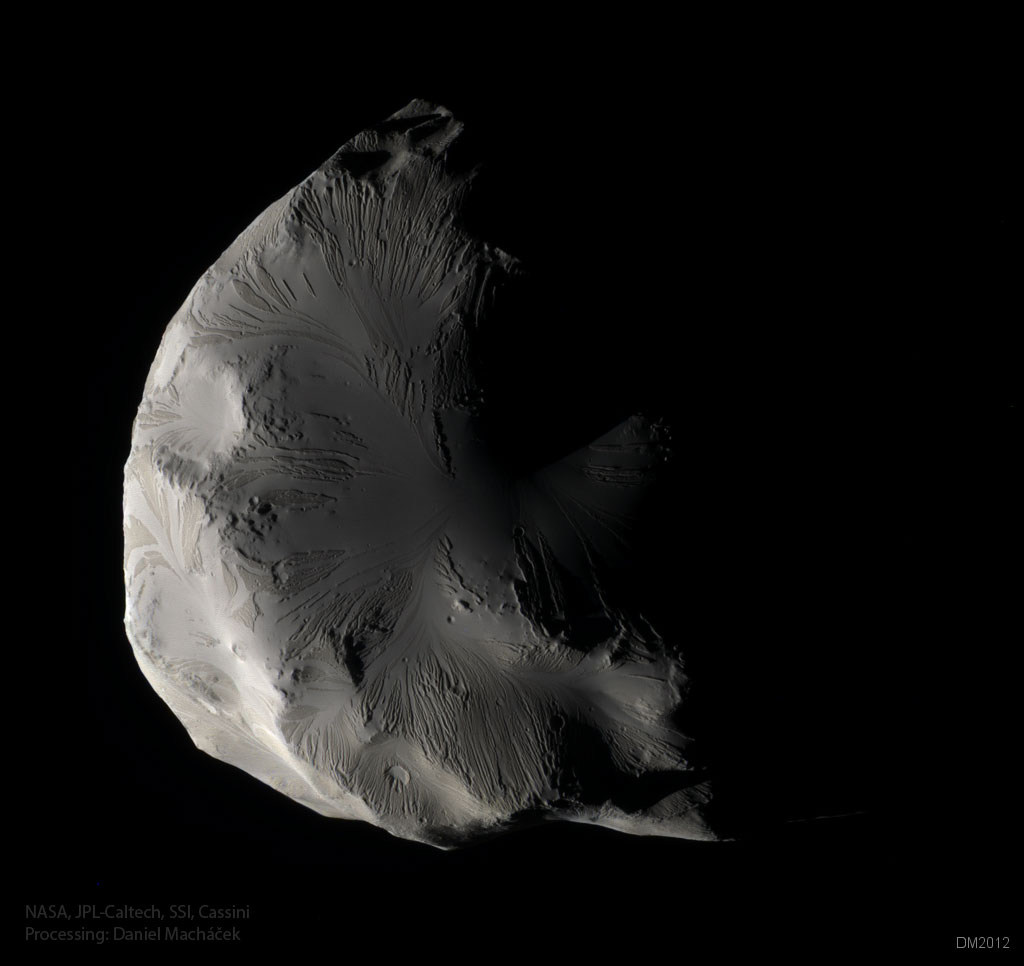gmPhil wrote: ↑Sun Apr 30, 2023 8:20 am
Is a stable Lagrange point really a "gravitational well"? It is only so because the centrifugal forces balance the gravitational ones, not because of the g-forces alone - no? Happy to be corrected by anyone better informed...
Lagrange points
Potential curves in a two-body system (here the Sun and the Earth), showing the five Lagrange points. The arrows point to the direction of potential increase around the L-points – moving towards or away from them. Counterintuitively, points L4 and L5 are minimal.
Lagrange points, also called L points or libration points, are the five positions in an orbital system where a small object, affected only by gravity, can theoretically be stationary relative to two larger objects, such as a Artificial satellite with respect to the Earth and the Moon. The Lagrange points mark the positions where the combined gravitational pull of the two large masses provides the necessary centripetal force to rotate synchronously with the smaller one. They are analogous to geosynchronous orbits that allow an object to be in a "fixed" position in space rather than in an orbit where its relative position is continually changing.
A more precise but technical definition is that the Lagrange points are the stationary solutions of the three-body problem constrained to circular orbits. If, for example, we have two large bodies in a circular orbit around their common center of mass, there are five positions in space where a third body, of negligible mass compared to the other two, can be located and maintain its position. relative to the two large bodies. Viewed from a rotating reference frame that rotates with the same period as the two coorbital bodies, the gravitational field of the two large bodies combined with the centrifugal force balances out at the Lagrange points, allowing the third body to stabilize stationary with respect to the two. first.
Index
1 History and concept
2 Complications to Kepler's laws
3 Lagrange points
3.1 The point L1
3.2 The point L2
3.3 The point L3
3.4 Points L4 and L5
4 Stability
5 values of the solar system
6 Space missions at libration points
7 Natural Examples
7.1 Other coorbital examples
8 See also
9 References
10 External links
History and concepts
In 1772, the Italian-French mathematician Joseph-Louis Lagrange was working on the famous three-body problem when he discovered an interesting peculiarity. Originally, a way was discovered to easily calculate the gravitational interaction of an arbitrary number of bodies in a system. Newtonian mechanics determines that such a system rotates chaotically until either a collision occurs, or one of the bodies is expelled from the system and mechanical equilibrium is achieved. It is very easy to solve the case of two bodies that orbit around the common center of gravity. However, if a third body, or more, is introduced, the mathematical calculations are very complicated, being a situation in which one has to calculate the sum of all the gravitational interactions on each object at each point along its trajectory. .
However, Lagrange wanted to make this simpler, and modified it by a simple assumption: The trajectory of an object is determined by finding a path that minimizes the action over time. This is calculated by subtracting the potential energy from the kinetic energy. Developing this hypothesis, Lagrange reformulated Newton's classical mechanics to give rise to Lagrangian mechanics. With his new way of calculating, Lagrange's work led him to hypothesize a third body of negligible mass orbiting two larger bodies that would already be spinning in a quasi-circular orbit. In a reference frame that rotates with the larger bodies, he found five specific fixed points at which the third body, following the orbit of the larger bodies, is subjected to zero force. These points were called Lagrange points in his honor.
In the more general case of elliptical orbits there are no stationary points but rather a Lagrange «area». The successive Lagrange points, considering circular orbits at each instant, form stationary elliptical orbits, geometrically similar to the orbit of larger bodies. This is due to Newton's second law (
�
�
/
�
�
=
�
{\displaystyle d\mathbf {p} /dt=\mathbf {F} }), where p = mv (p is momentum, m is mass, and v is velocity). p is an invariant if the force and position are multiplied by the same factor. A body at a Lagrange point orbits with the same period as the two large bodies in the circular case, implying, as it happens, that they have the same ratio between gravitational force and radial distance. This fact is independent of the circularity of the orbits and implies that the elliptical orbits described by the Lagrange points are solutions of the equation of motion of the third body.
 Saturn's Moon Helene in Color
Saturn's Moon Helene in Color


